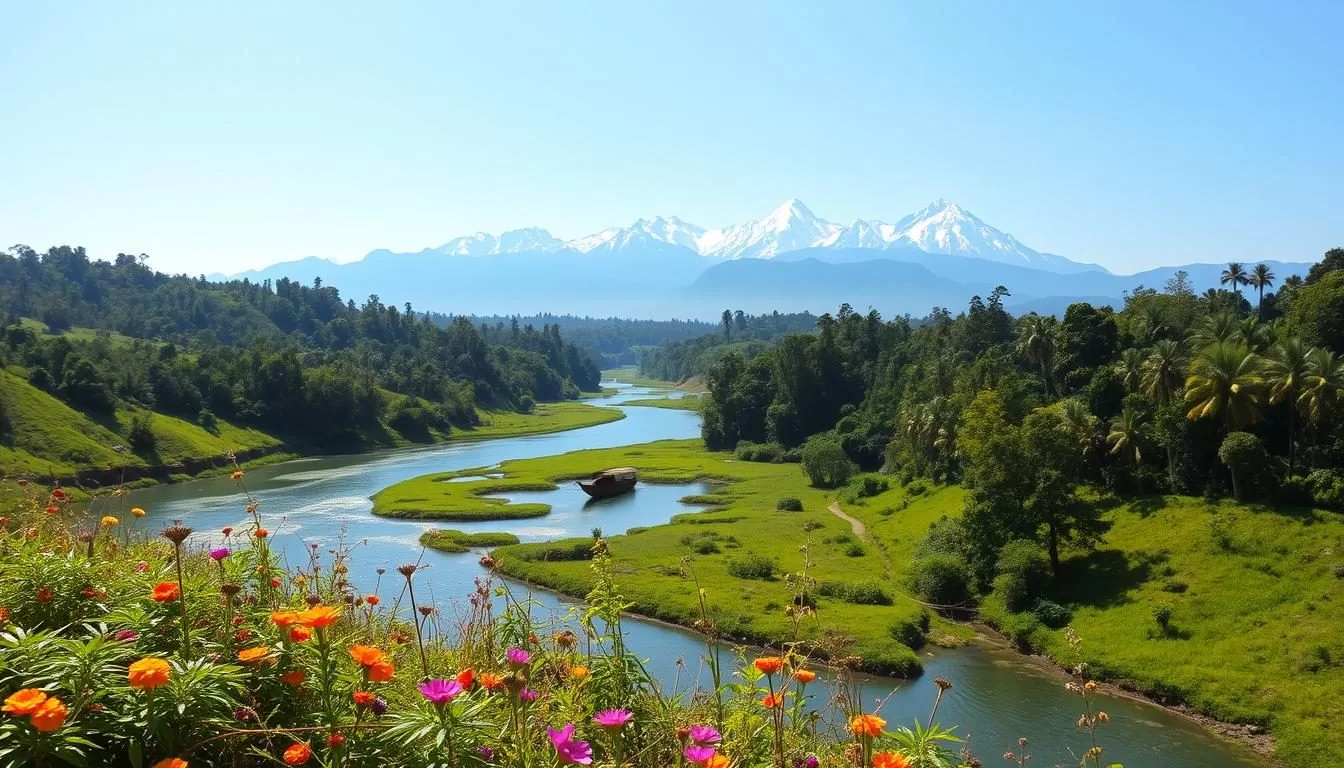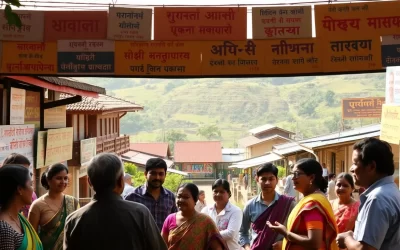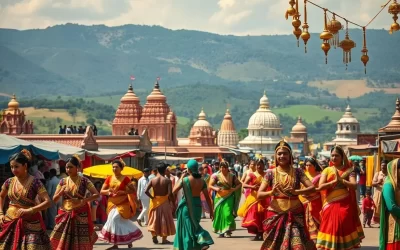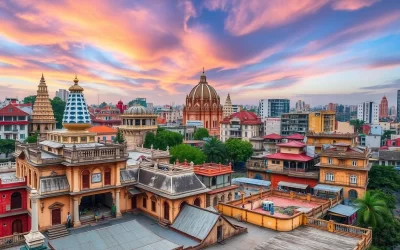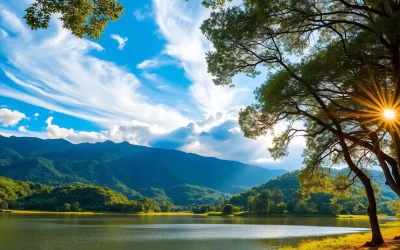✓ Accommodations✓ Flights✓ Rental Cars
Welcome to Tripura, a hidden gem nestled in Northeast India, offering a perfect blend of natural beauty, rich culture, and historical marvels. As the third smallest state in India, Tripura packs a punch with its diverse landscapes, from lush hills to serene lakes, making it an ideal travel destination for those seeking off-the-beaten-path experiences.
Whether you’re a history buff, nature enthusiast, or culture seeker, you’ll find something special in this enchanting state. The capital, Agartala, is a major attraction, drawing thousands of tourists year-round. As you plan your journey through Tripura, you’ll discover destinations that showcase the state’s rich heritage and natural splendor.
Discovering the Hidden Gem of Northeast India
As you venture into Northeast India, Tripura stands out as a fascinating destination that combines rich heritage with stunning natural scenery. You will discover a unique blend of traditional culture and modern influences that make Tripura a captivating place to visit.
Tripura’s Rich Cultural Heritage
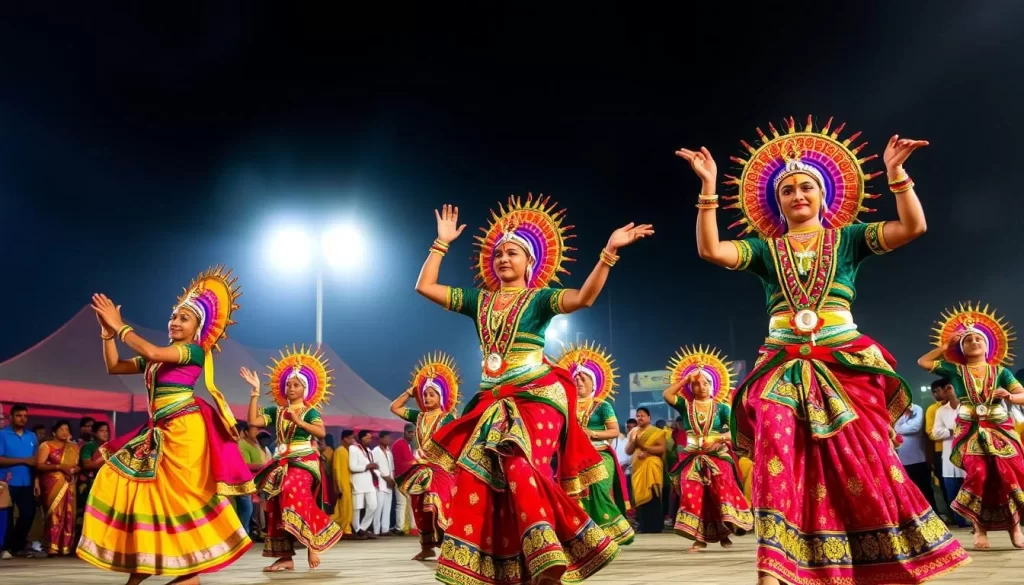
Tripura is a cultural treasure trove in Northeast India, where ancient traditions blend seamlessly with modern influences. The state’s rich cultural heritage is evident in its architecture, art forms, and the lifestyle of its diverse ethnic communities, including the Tripuri, Reang, Jamatia, and Chakma tribes. You can experience the vibrant culture by participating in local festivals and observing traditional crafts, particularly bamboo and cane handicrafts that showcase exceptional artisanship.
Best Time to Visit Tripura
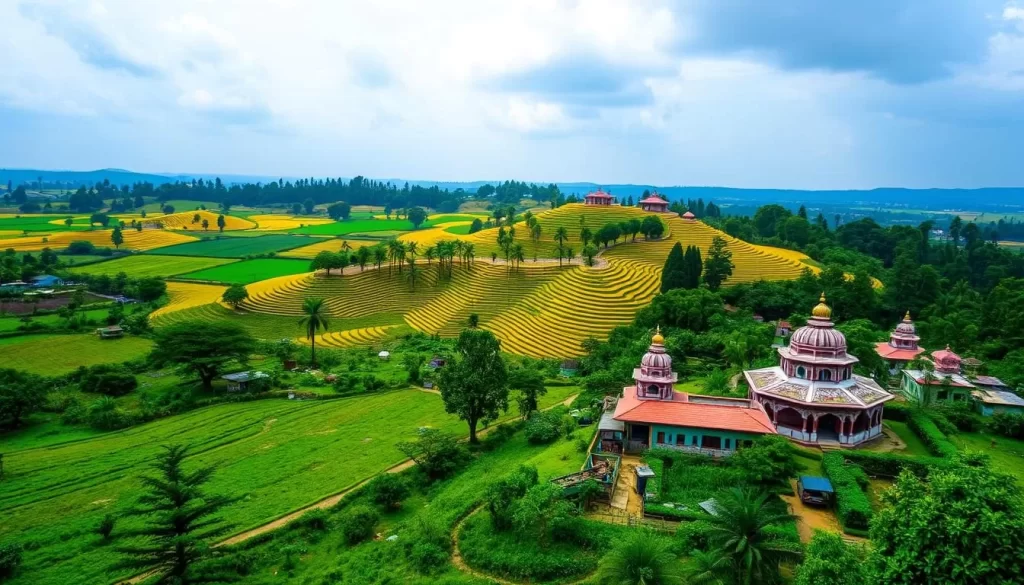
The best time to visit Tripura is between October and May when the weather is pleasant, allowing you to explore the place better and enjoy sightseeing and other activities. You should avoid the monsoon season (June to September) when heavy rainfall can make travel challenging. However, if you’re a photography enthusiast, the lush green landscapes during the monsoon season have their own unique appeal.
Understanding Tripura’s five distinct seasons—spring, summer, monsoon, autumn, and winter—will help you pack appropriately and plan activities that make the most of the weather conditions during your visit. The winter months (November to February) offer particularly comfortable temperatures, making it perfect for sightseeing and outdoor activities across Tripura’s diverse landscapes.
Exploring Historical Marvels in Tripura
As you venture into the heart of Tripura, you’ll discover historical marvels that echo the state’s rich cultural heritage. This northeastern Indian state is a treasure trove of historical sites, each narrating a unique story of its past.
Ujjayanta Palace: A Royal Experience
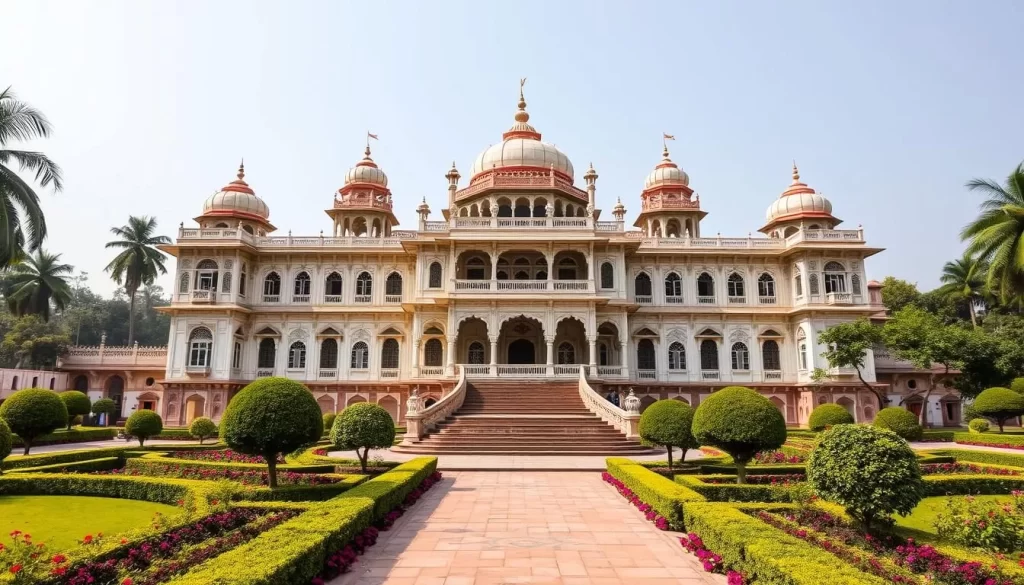
Ujjayanta Palace, built in 1901 by Maharaja Radha Kishore Manikya, is a magnificent architectural marvel that stands as a testament to Tripura’s royal heritage. The palace, now transformed into one of Northeast India’s largest museums, houses 22 galleries featuring an impressive collection of terracotta sculptures, traditional artifacts, and historical treasures.
The palace’s elegant halls and Mughal-inspired gardens are a treat to explore, with its stunning white façade and intricate architectural details blending Hindu and Muslim design elements. As you wander through the palace, you’ll be immersed in the rich history and cultural significance of the region.
Unakoti: Ancient Rock Carvings
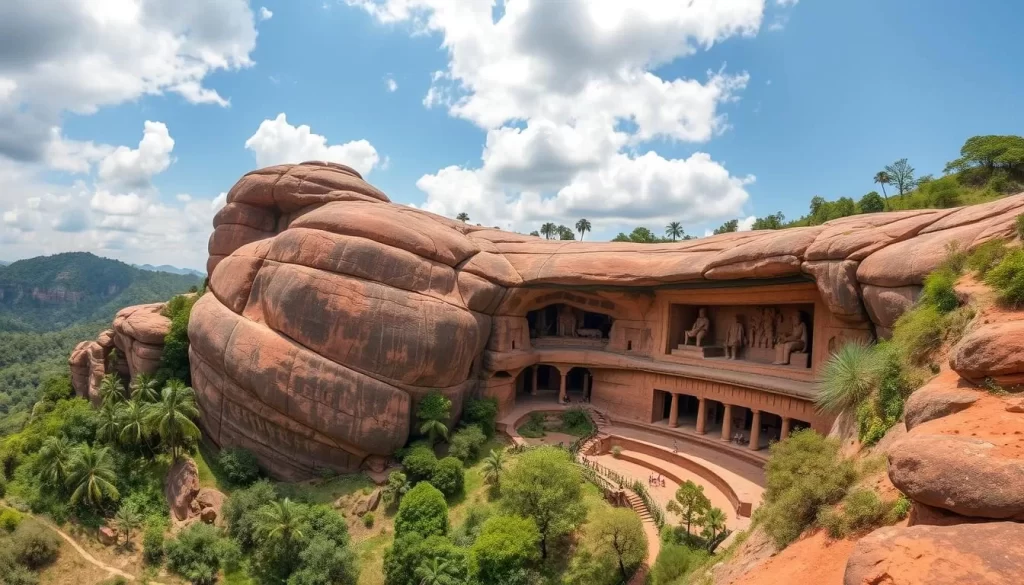
Located approximately 135 km from Agartala, Unakoti is one of Tripura’s most fascinating archaeological sites, featuring massive rock-cut sculptures dating back to the 7th-9th centuries. The site is home to a colossal 30-foot high carving of Lord Shiva’s head, along with numerous other deities and celestial musicians etched into the hillside.
The name Unakoti translates to “one less than a crore,” derived from a legend about a sculptor who aimed to create one crore images in a single night but fell short by one. This historical site offers a glimpse into Tripura’s artistic achievements and religious significance throughout the centuries, making it a must-visit destination for any tourist.
Sacred Temples and Spiritual Sites
Embark on a spiritual journey through Tripura’s sacred temples, where ancient traditions come alive. Tripura is home to a multitude of revered sites that are significant not only for their spiritual importance but also for their historical and architectural value.
Tripura Sundari Temple (Matabari)
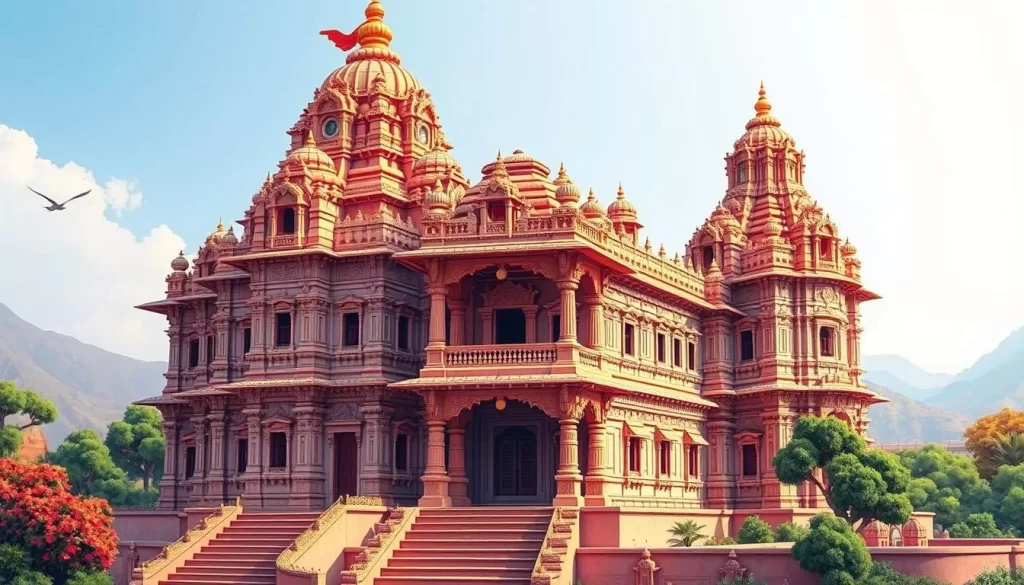
The Tripura Sundari Temple, also known as Matabari, is one of the 51 Shakti Peethas in Hindu mythology. Located about 53 km from Agartala, this temple is dedicated to Goddess Kali and features a unique square-shaped sanctum housing a small idol believed to be self-manifested.
Devotees from across the country visit this important pilgrimage site, where the right foot of Goddess Sati is said to have fallen. The temple’s architecture and the rituals performed here offer a glimpse into Tripura’s rich cultural heritage.
Jagannath Temple and Other Religious Sites

Another significant religious site is the 19th-century Jagannath Temple located within the Ujjayanta Palace complex in Agartala. Built by the Manikya dynasty, this temple features beautiful idols and intricate architectural details, attracting devotees who come to worship Lord Jagannath.
The Kamalasagar Kali Temple, situated near the Bangladesh border, is another must-visit site. It is dedicated to Goddess Kali and is located by the stunning Kamalasagar Lake, offering not only spiritual significance but also picturesque views.
These temples provide insight into Tripura’s religious practices and architectural traditions, making them essential places to visit for both spiritual seekers and cultural enthusiasts. Even if you’re not religiously inclined, these sites are worth visiting for their historical significance and the peaceful atmosphere they offer.
Natural Wonders and Scenic Landscapes
From hill ranges to lakes, Tripura’s diverse geography is a nature lover’s paradise. The state’s natural beauty is characterized by its lush green landscapes, rolling hills, and serene water bodies.
Jampui Hills: Orange Country
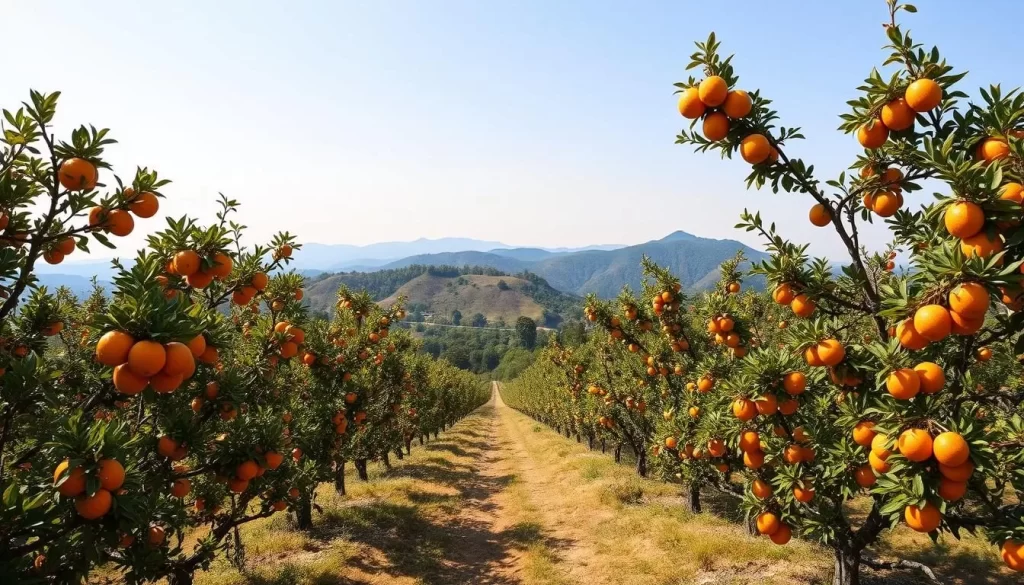
Jampui Hills, located about 250 km from Agartala, is Tripura’s highest hill range and a haven for those seeking panoramic views, a cool climate, and the sweet scent of orange orchards. Known as “Orange Country,” Jampui Hills is famous for its extensive orange plantations that burst with color during the harvest season.
The annual Orange Festival, held between November and December, is a must-attend event where you can sample various orange varieties, witness cultural performances by the Lushai tribe, and participate in local festivities that celebrate the region’s agricultural bounty.
Rudrasagar Lake and Neermahal Water Palace

Take a serene boat ride across the magnificent Rudrasagar Lake to reach Neermahal, the stunning “Water Palace” built in the 1930s by Maharaja Bir Bikram Kishore Manikya as a summer residence. The palace reflects a unique architectural style that beautifully blends Hindu and Muslim design elements.
Marvel at Neermahal’s white marble walls, intricate carvings, and elegant domes that reflect perfectly in the surrounding waters. You can explore the palace’s two distinct sections—the Andar Mahal and the eastern wing—which served as residential and entertainment areas, respectively.
These natural landscapes and historical sites offer a refreshing contrast, allowing you to experience both the cultural and natural beauty that makes Tripura a hidden gem in Northeast India. Whether you’re looking for adventure or relaxation, Tripura’s diverse landscapes have something to offer.
Wildlife Encounters in Tripura
Discover the rich biodiversity of Tripura at its renowned wildlife sanctuaries. Tripura is home to several protected areas that are teeming with life, offering a unique wildlife experience for visitors.
Sepahijala Wildlife Sanctuary
Located just 35 km from Agartala, the Sepahijala Wildlife Sanctuary is a must-visit for nature lovers. This sanctuary is known for its spectacled monkeys and six different primate species. You can enjoy an elephant ride through the sanctuary, which offers a unique perspective of the forest and increases your chances of spotting elusive creatures.
The sanctuary is home to over 150 species of birds, plants, and animals. It also features a botanical garden, butterfly park, and zoo, making it a comprehensive nature experience for visitors of all ages.
Trishna Wildlife Sanctuary
For a more rugged wildlife experience, venture to the Trishna Wildlife Sanctuary in South Tripura. This sanctuary is known for its population of Indian bison (gaur) and pristine sal forests. Spanning approximately 195 square kilometers, Trishna offers opportunities for nature walks and bird watching in a less crowded environment.
You can spot rare species like the capped langur, slow loris, and various reptiles that call this sanctuary home. Both Sepahijala and Trishna represent important conservation efforts in Northeast India and provide educational opportunities to learn about the region’s unique ecosystems.
Tripura, India: Best Things to Do for Culture Enthusiasts
For culture enthusiasts, Tripura is a treasure trove of heritage and traditions. The state offers a unique blend of cultural experiences that showcase its rich history and vibrant traditions.
Heritage Park: A Cultural Journey
Heritage Park in Agartala is a must-visit destination for anyone interested in exploring Tripura’s cultural heritage. Spread across 4 hectares, this park features miniature replicas of the state’s most significant monuments and archaeological sites, including Unakoti and Neermahal.
The park is not just about the replicas; it’s an immersive experience. You can wander through the serene surroundings lined with eucalyptus and lychee trees, explore numerous stone and wooden artifacts, and enjoy cultural performances at the amphitheater.
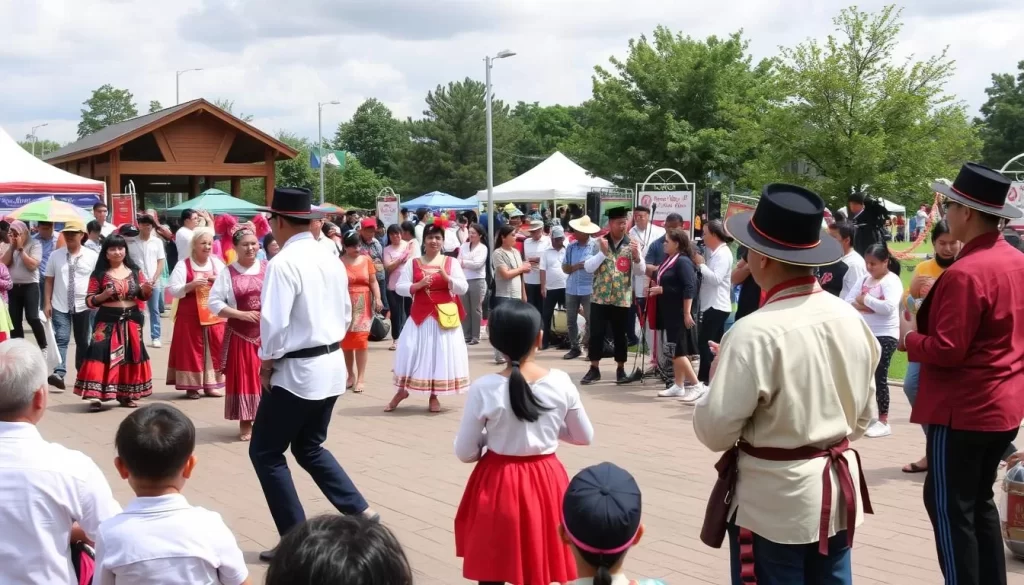
Experiencing Local Festivals and Traditions
Tripura is known for its vibrant festivals, which are an integral part of its cultural fabric. One of the most significant festivals is Durga Puja, celebrated with great enthusiasm in October or November.
You can also experience other festivals like Kharchi Puja in July, Garia Puja in April, the Orange Festival in Jampui Hills during November-December, and the Unakoti Festival. These festivals offer a glimpse into Tripura’s diverse tribal heritage and spiritual beliefs.
- Immerse yourself in Tripura’s cultural tapestry at Heritage Park.
- Enjoy the serene atmosphere and explore stone and wooden artifacts.
- Experience the grandeur of Durga Puja and other local festivals.
- Participate in the Orange Festival or Unakoti Festival for a deeper cultural understanding.
By experiencing these cultural activities and festivals, you gain a deeper understanding of Tripura’s social fabric and spiritual beliefs, making your visit truly enriching.
Culinary Adventures and Shopping in Tripura
Your journey to Tripura is not complete without indulging in its distinct food culture and shopping for local handicrafts. The state offers a unique blend of culinary delights and artisanal products that reflect its rich cultural heritage.
Must-Try Local Delicacies
Tripura’s cuisine is known for its bold flavors and innovative use of ingredients. You must try Moi Borok, a traditional dish made with Berma, a fermented and dried fish that gives it a unique sour taste. Other local specialties include Chakhwi (bamboo shoot curry), Bangui (rice beer), and Gudok (a mixed vegetable stew cooked in bamboo hollows).
Seafood lovers will enjoy various fish preparations, such as fish wrapped in banana leaves and smoked fish, seasoned with local herbs and spices. The cuisine is predominantly non-vegetarian, making it a paradise for meat lovers.
Handicrafts and Souvenirs
Tripura is renowned for its exquisite bamboo and cane handicrafts. You can find a wide range of decorative items and practical household goods that make for perfect souvenirs. Traditional handloom textiles like Rignai and Risa are also worth exploring, known for their vibrant colors and intricate patterns.
Unique jewelry pieces made from bamboo, brass, and silver are available, featuring tribal motifs and designs. These handicrafts not only serve as memorable souvenirs but also support local artisans.
Conclusion: Making the Most of Your Tripura Adventure
With its diverse attractions, Tripura is an ideal destination for travelers seeking a mix of culture, history, and nature. As you plan your Tripura adventure, remember that this northeastern gem offers a perfect blend of historical sites, natural landscapes, cultural experiences, and culinary delights.
To fully explore Tripura’s diverse attractions, allocate at least 5-7 days. This will give you time to visit the majestic Ujjayanta Palace, explore the ancient rock carvings of Unakoti, enjoy the serene Rudrasagar Lake, and experience the vibrant Heritage Park.
Don’t miss the opportunity to engage with local communities through their festivals and traditions. Taste authentic Tripuri cuisine, featuring unique fish preparations, and take home handcrafted bamboo souvenirs. Consider hiring a local guide to provide deeper insights into Tripura’s history and culture. By doing so, you’ll not only create lasting memories but also contribute to the local economy.
Tripura’s authentic experiences, warm hospitality, and unspoiled beauty make it a rewarding addition to your travel bucket list. So, plan your North East vacation this year and get a chance to explore the unspoiled beauty of Tripura.
The above is subject to change.
Check back often to TRAVEL.COM for the latest travel tips and deals.
